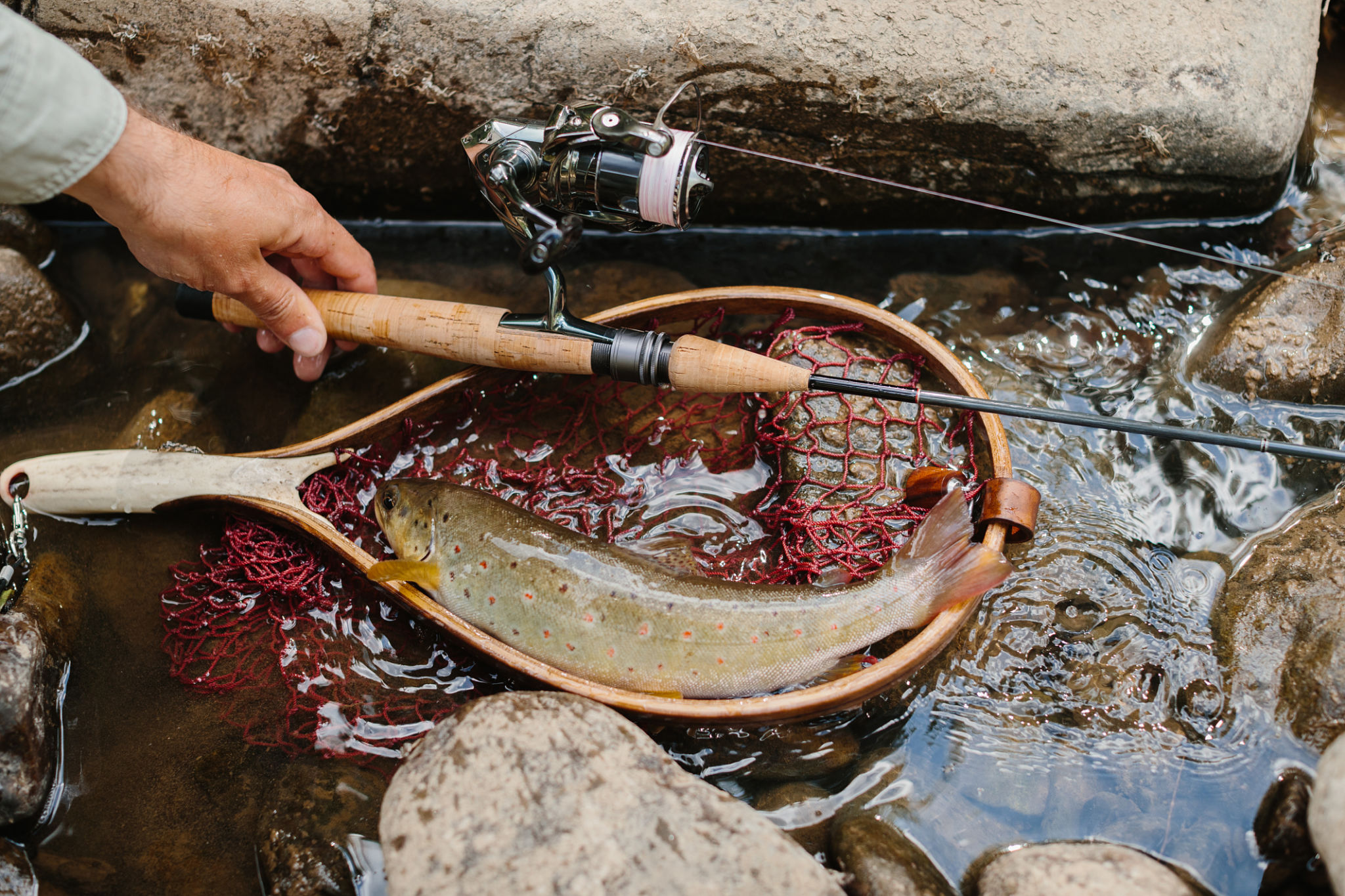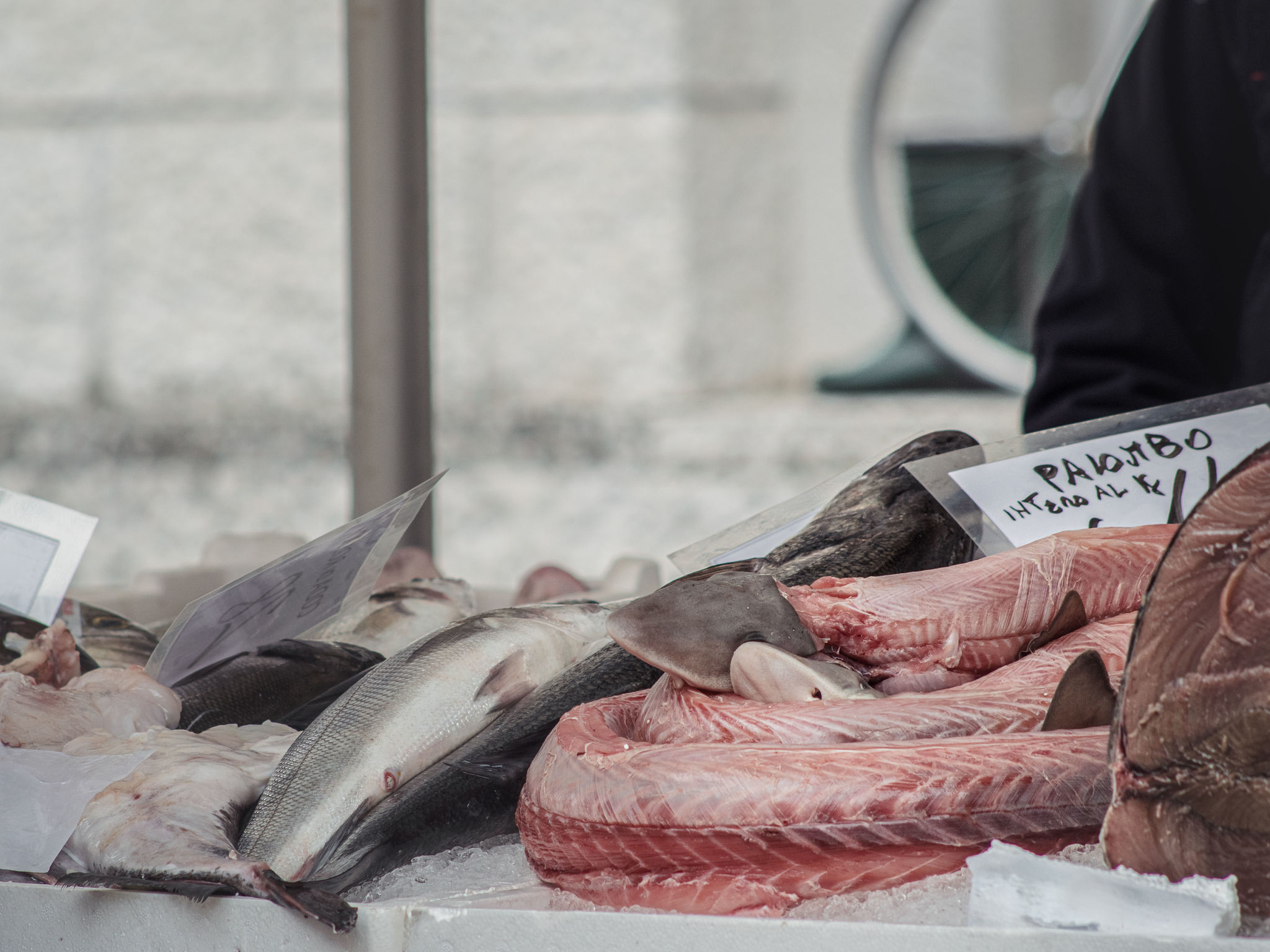Farm-to-Table Seafood: How The Red Snapper Delivers Freshness and Flavor
Exploring the Farm-to-Table Seafood Movement
The farm-to-table movement has transformed the way we think about food, enhancing the connection between producers and consumers. While it often brings to mind images of fresh vegetables and free-range meats, it is equally significant in the world of seafood. The term "farm-to-table seafood" refers to the sustainable practice of sourcing seafood directly from local fisheries, ensuring that it reaches your plate as fresh as possible.
Among the many seafood options available, the red snapper stands out for its delicate flavor and versatile cooking applications. Embracing farm-to-table practices for red snapper not only guarantees freshness but also supports local fisheries, helping preserve marine ecosystems.

The Journey of Red Snapper from Ocean to Plate
The journey of the red snapper begins in the warm waters of the Gulf of Mexico and the southeastern Atlantic coast. Local fishermen play a crucial role in ensuring that these fish are caught sustainably, using methods that minimize bycatch and protect habitats. Once harvested, the red snapper is quickly transported to ensure its freshness is preserved.
Unlike seafood that travels across continents, farm-to-table red snapper arrives at local markets and restaurants much quicker, often within 24 to 48 hours of being caught. This swift delivery process not only retains the fish's natural flavors but also reduces the carbon footprint associated with long-distance transportation.

Benefits of Choosing Farm-to-Table Red Snapper
Opting for farm-to-table red snapper offers several benefits:
- Superior Freshness: The reduced time between catch and consumption means the fish maintains its peak quality and taste.
- Environmental Responsibility: Supporting local fisheries helps promote sustainable fishing practices.
- Economic Support: Buying locally caught seafood boosts regional economies and supports small-scale fishermen.
By choosing farm-to-table seafood, diners can enjoy their meal with the confidence that they are contributing positively to both their community and the environment.

Culinary Versatility of Red Snapper
Red snapper's mild, slightly sweet flavor makes it an ideal ingredient for a variety of dishes. Whether grilled, baked, or sautéed, this fish adapts wonderfully to different culinary styles. Chefs appreciate its firm texture, which holds up well in recipes ranging from simple lemon herb preparations to complex curries and stews.
For home cooks, red snapper provides an opportunity to experiment with new flavors while enjoying a healthy source of protein. Pairing it with seasonal vegetables or a light citrus sauce can elevate a meal, making it both nutritious and delicious.
How to Source Farm-to-Table Red Snapper
Finding farm-to-table red snapper is easier than ever. Many local fish markets and online seafood retailers offer direct sourcing options. Here are a few tips for selecting high-quality red snapper:
- Check for clear eyes and bright red gills as indicators of freshness.
- Opt for fish with a mild ocean scent; avoid any with a strong fishy odor.
- Look for firm flesh that bounces back when pressed lightly.
By following these guidelines, you can ensure that you are purchasing the freshest and most flavorful red snapper available.

Conclusion: Savoring Sustainability with Every Bite
The farm-to-table seafood movement represents more than just a trend; it's a commitment to sustainability, quality, and flavor. By choosing red snapper sourced through these methods, you are supporting a system that values transparency and environmental stewardship. The next time you savor a dish featuring this exquisite fish, remember the journey it took from ocean to plate — a journey that ensures both taste and sustainability.